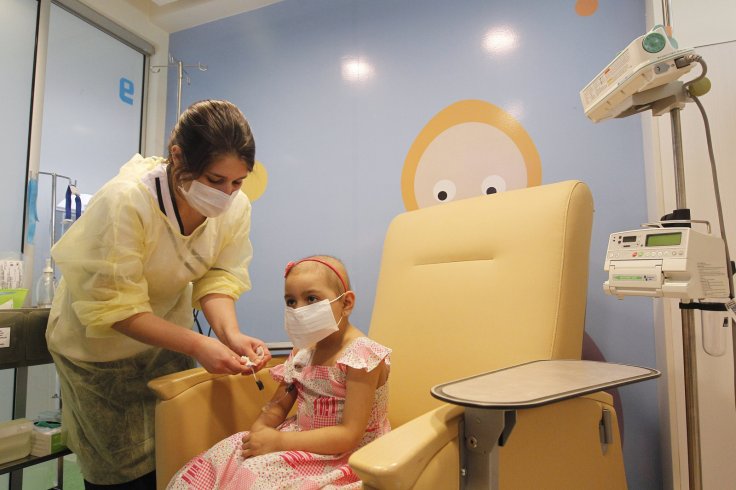
Scientists have developed a new optical imaging system that uses red- and near-infrared light to predict response to chemotherapy by as early as two weeks.
"There is currently no method that can predict treatment outcome of chemotherapy early on in treatment, so this is a major advance," said Andreas Hielscher, professor at Columbia University.
The novel dynamic "optical tomographic breast imaging system" generates three-dimensional (3-D) images of both breasts simultaneously.
The images also enable the researchers to look at blood flow in the breasts, see how the vasculature changes, and how the blood interacts with a tumour.
"This helps us distinguish malignant from healthy tissue and tells us how the tumour is responding to chemotherapy earlier than other imaging techniques can," Hielscher said, in a paper published in the journal Radiology.
Neoadjuvant chemotherapy is the standard treatment for some women with newly diagnosed invasive breast cancer. But fewer than half of women treated with the chemotherapy achieve a complete response.
"If we know early that a patient is not going to respond to the treatment they are getting, it may be possible to change treatment and avoid side-effects," said Dawn Hershman, also a professor at the varsity.
The researchers analysed imaging data from patients with invasive breast cancer and captured a series of images during a breath hold of at least 15 seconds, which inhibited the backflow of blood through the veins.
The researchers found that various aspects of the blood inflow and outflow could be used to distinguish between patients who respond and those who do not respond to therapy.
Moreover, while other imaging technologies, such X-ray imaging, use damaging radiation, MRIs are expensive and take a long time, from 30-90 minutes, to perform.
But the new system takes images in less than 10 minutes and uses harmless light and can be performed more frequently than MRI, the researchers said.
Source: IANS









